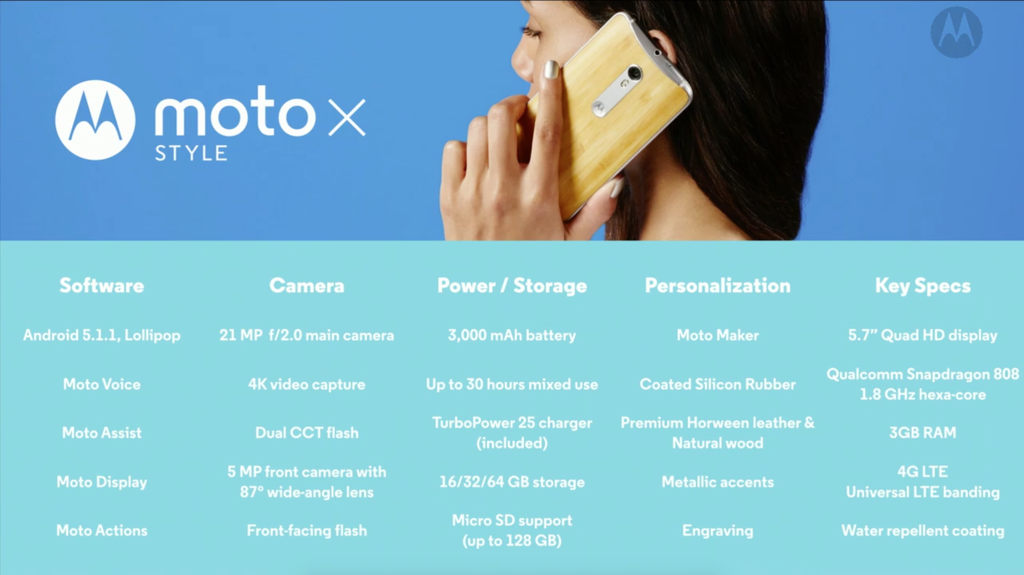
In an interview with Engadget, Motorola’s SVP of Software Seang Chau has revealed that since the company will be directly selling its new phones — the Moto X Play and Style — to consumers, it would be able to upgrade them to the latest version of Android faster.
Since there is no carrier involved, Seang says that the company can push out updates to its devices faster as the updates will not have to go through a carrier’s certification and testing process, which adds unnecessary delays. Additionally, carriers will not have the final say in updating any of these handsets, which should translate into a longer software support for them.
“Going with that retail and distribution model is fantastic for us. And the big impact for software is: I don’t need carrier approvals anymore to push out updates! So now I can push out updates and upgrades like Android M quicker because I don’t need to go through a carrier’s submission process. I still go through all my quality checks and all that, but I don’t need a carrier to tell me I can upgrade my phone,” said Seang Chau in an interview.
In the past, Motorola has usually sold its flagship Moto X handset in the United States through carriers like AT&T and Verizon. However, this year, it has only released a single ‘Pure edition’ of the Moto X Style in the country, which it is going to sell directly to consumers through its online store, Best Buy and Amazon. The ‘Pure Edition’ Moto X Style has a single SKU that is compatible with all the major carriers in the United States, including Verizon, Sprint, T-Mobile and AT&T.
Motorola is known to be among the fastest OEMs out there to update its devices to the latest version of Android. By going with a new direct-to-consumer approach, the company has managed to eliminate one of the longest and slowest process in the update cycle of a device, which should further reduce its software update rollout times.
[Via Engadget]






